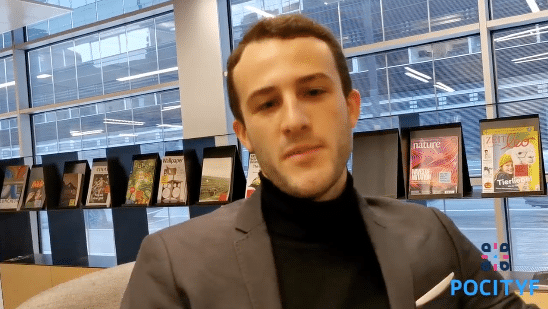29 Apr 2020 — p2p energy platforms can support historical cities in their renewable energy transition. In this interview José Miguel Costa explains how.
How can p2p energy platforms be used by historical cities which aim at becoming more sustainable? In this interview José Miguel Costa (EDP Labelec), technical coordinator of the POCITYF project, lists the challenges that cities with historical sites face when they start their green transformation and envisages some innovative solutions that will allow them to become more sustainable. In fact, as stated by J.M. Costa, “heritage sites don’t want to stay behind in surfing the wave of the renewable energy transition and they need tools that will allow their citizens to participate in this shift of paradigm”
Tomorrow a sustainable way of living will be a moral diktat, a must rather than a nice-to-have.
What are the challenges of historical cities in the energy transition?
“The most urgent and difficult to circumvent challenge is that there are a lot of legal restrictions in what concerns the installation of conventional sustainable solutions like roof PV. Because those solutions change the architectural landscape of the cities and for today this is not allowed. So we need to find solutions that circumvent this obstacle.
The second challenge is that this sites tend to have conservative communities in what concerns the protection of their tangible heritage. Citizens are proud of what they have and they have reasons to be. That’s why we have to include them in the creation of these solutions.”
We have to look at citizens not only as adopters of technology but as co-creators of it, following a bottom-up approach.
Which tools do historical cities need?
“I will give some examples that we will explore within POCITYF. Regarding the way to circumvent the more conventional solutions the building owners should look at building-integrated PV solutions that respect the architectural restrictions that we have in those cities. A challenge that lays within these solutions is that for now they are not cost effective. Innovation-led projects are a good way to start this work.
Other solutions that we will explore, both from the technological and social innovation part, are P2P market platforms that will allow citizens that live within these historical sites and cannot have conventional PV to buy sustainable energy from citizens that live in the outskirts of these cities. With the platform that will be deployed in Évora, Portugal, citizens’ sustainable behavior will be rewarded. If, for example, instead of using my car I use a bike or an electrical scooter to go to work, the platform will provide me with tokens that can be changed by renewable certificates of origin. In this way we are promoting sustainable behavior inside the cities.”
The P2P transactional platform that will be developed in Évora was also discussed during a workshop organised by POCITYF during the conference on Smart and Sustainable Planning for Cities and Regions that took place in Bolzano in December 2019. Participants had the opportunity to brainstorm and reflect on how this platform can be designed to be most effectively and to become a tool that other historical cities can adopt to become greener with the help of their local communities.
